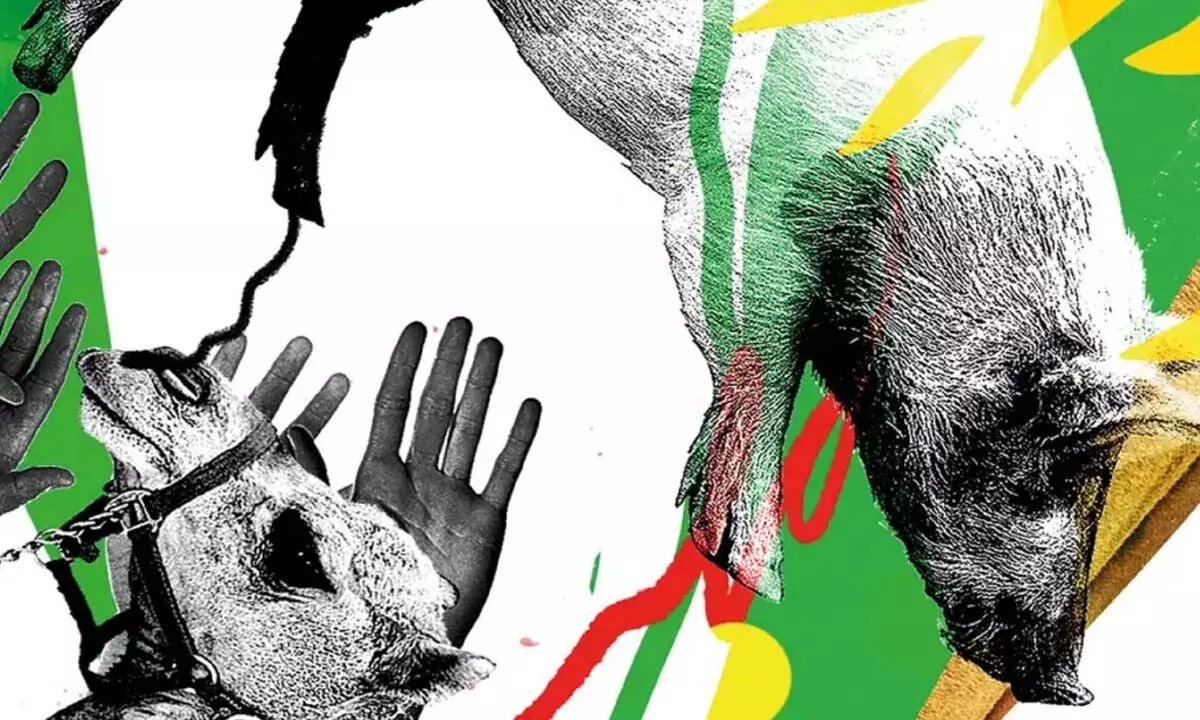Global spotlight shines on zoonotic diseases

CITES, WOAH to address pathogen spillover and transmission risks
More than half a billion people are estimated to have been infected during the Covid-19 pandemic, which also claimed millions of lives and significantly affecting the global economy. The possible origins of SARS-CoV-2 in wild animals have been debated among scientists, adding to a growing list of emerging diseases that are zoonoses, i.e., a result of a spillover of pathogens from wildlife to humans.
This has led the global community of the Convention on International Trade in Endangered Species of Wild Fauna and Flora (CITES) to review the intricate relationship between international wildlife trade and zoonotic diseases, and to discuss the role of the Convention in reducing the risk of future zoonotic disease emergence associated with CITES trade.
In a significant stride towards international cooperation, the CITES Secretariat concluded a Memorandum of Understanding (MoU) with the World Organisation for Animal Health (WOAH), focusing on critical areas of mutual interest, such as the safe, traceable, and legal international trade in wild species of animals, identification of zoonotic disease risks associated with CITES activities and CITES listed species, and facilitation of secure transport for biological samples from wild animals.
On March 1, this landmark agreement was signed by the executive heads of WOAH and the CITES Secretariats, aiming at further reducing risk of zoonotic disease emergence associated with international wildlife trade. The agreement is part of the actions taken by the CITES Parties to address the pressing issue of pathogen spillover and transmission risks.
The two signatories will work together through a joint programme of work to operationalise the MoU. This encompasses three primary areas: First, wildlife health and trade; second, training, capacity-building, and networking; and third, coordination and communication.
The global community's endorsement of the Kunming-Montreal Global Biodiversity Framework underscores the importance of robust partnerships, such as the partnership between the Secretariats of CITES and WOAH. Target 5 of the Framework, focusing on sustainable, safe, and legal wildlife use, aligns with the mandates of both CITES and WOAH.
Strengthening cooperation between the two bodies is integral to supporting countries in delivery on this target. The collaborative efforts underscore a collective commitment to safeguarding global health while preserving biodiversity. As work in the CITES committees continues, the proactive measures taken by CITES Parties to prevent and mitigate pathogen spillover within wildlife trade and associated supply chains has been shared on the CITES website.
CITES and WOAH also remain attentive to the work being undertaken by the Quadripartite Collaboration on One Health and encourage the translation of the One Health approach into policy action. It is anticipated that such initiatives will catalyse the transformative agendas needed to reduce the risk of future pandemics.
CITES Secretary-General Ivonne Higuero said: “Guided by our complementary mandates and common goals, this partnership will result in focused support to Parties in reducing the risk of future zoonotic disease emergence associated with international wildlife trade.” WOAH Director General Monique Eloit pointed out “the importance of this partnership for contributing to a safe international wildlife trade but also for promoting the implementation of the One Health approach that ensures collaboration of relevant sectors and disciplines.” She also highlighted the role of the partnership in facilitating the timely transport and sharing of wildlife diagnostic samples, which is essential for the protection of endangered and threatened species and for the prevention of zoonotic disease spillover events.
The CITES Secretariat anticipates this strengthened collaboration with WOAH, that builds upon existing foundation, will help to navigate emerging challenges and champion biodiversity conservation.














